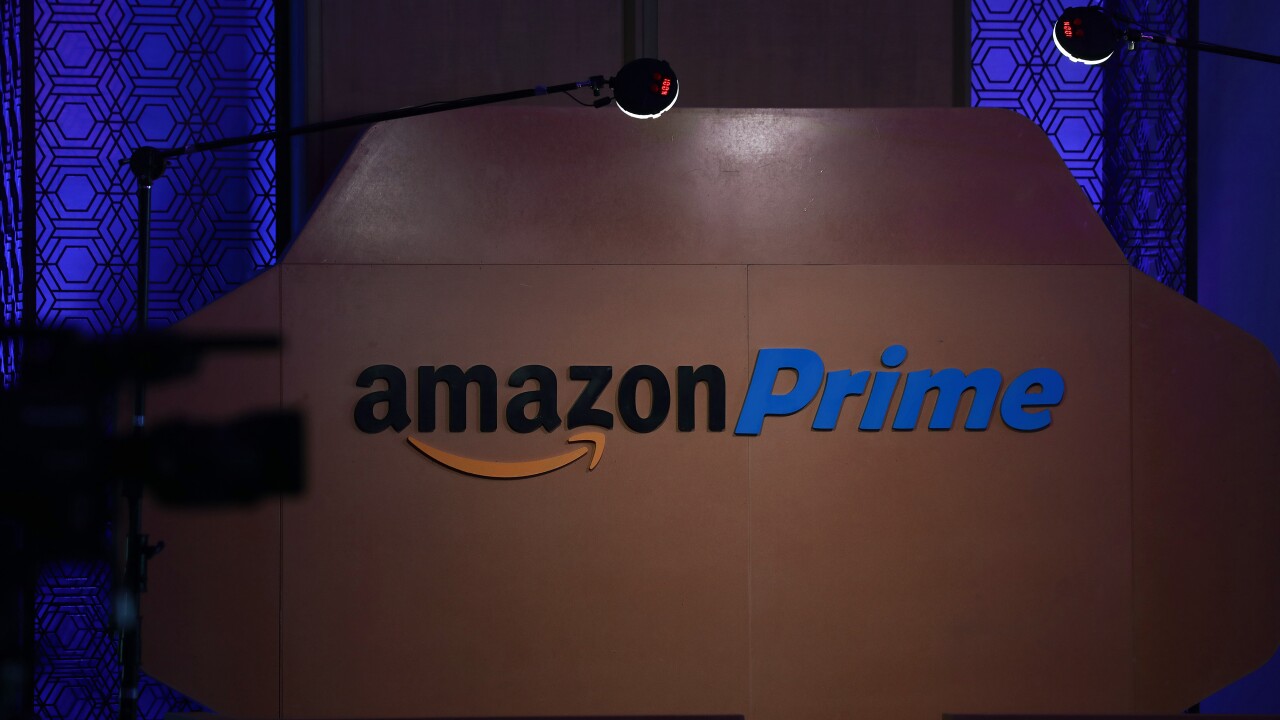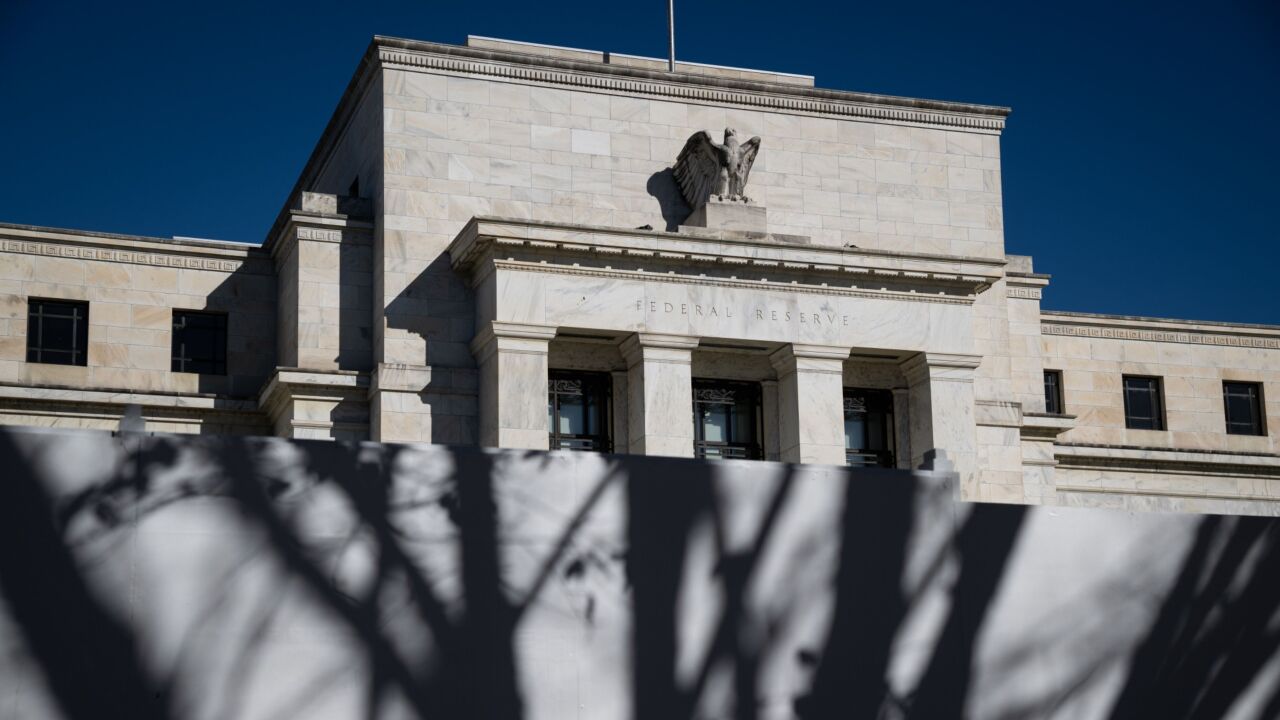The Federal Reserve Board is considering changing its rules to shift the liability for a fraudulent demand draft to the bank that deposited it from the account holder's bank.
Demand drafts are paper checks that do not require the signature of the account holder; consumers frequently use them to make recurring payments, such as to a utility company or a health club. But criminals have discovered that the drafts are also an ideal way to gain access to someone's checking account.
As part of its update of Regulation CC to implement the Check 21 law, the Fed asked the public in January whether the rules on demand drafts should be changed, too. The central bank plans to finish the Check 21 changes before moving on to demand drafts late this summer, according to Jack Walton, an assistant director in the Fed's division of Reserve Bank operations and payment systems.
Under current law, the bank that holds the checking account and completes the fraudulent money transfer must reimburse the person or company that was wrongly debited. But 14 states have enacted laws that flip the liability and require the bank that receives the fraudulent draft to make the account holder whole.
The Fed could change Reg CC, which governs the availability of funds and the collection of checks, to mirror the policies adopted by the 14 states.
The logic behind the change would be that the bank of first deposit is in a much better position to police its customers than the bank that sends the payment, which cannot know who put the check in the system.
Once checks are deposited, they are "sorted by machine and very rarely looked at by the human eye," said Neil Cohen, the research director for the Uniform Commercial Code's permanent editorial board, which monitors developments and oversees revisions of the UCC.
If the Fed makes the change, it would overturn a 240-year-old precedent based on an English court case, Mr. Cohen said.
The proposal is likely to cover both consumer and business accounts. Mr. Walton said numerous commenters "thought it was a good idea."
In a March letter to the Fed, Nessa Feddis, the American Bankers Association's senior federal counsel, urged the central bank to include demand drafts drawn on business accounts. She argued that commercial accounts tend to be more inviting targets for criminals, because drafts drawn on them rarely bounce.
There have been other suggestions for reform.
George F. Thomas, the president of the Electronic Payments Network, the major private automated clearing house operator, said he favors creating distinct coding on the MICR line for demand drafts, so they can be easily distinguished from other types of checks. Electronic Payments Network is a division of The Clearing House, formerly the New York Clearing House Association LLC.
But Mr. Walton said it is unlikely the Fed would address such a specific solution, which could be susceptible to near-term changes in markets or customer behavior.
The Fed tracks neither the prevalence of fraud connected to demand drafts nor the number of demand drafts in circulation. But anecdotally, the Fed and the ABA said they are hearing more complaints about this type of fraud.
In one recent example, a Web site set up specifically to scam people, pharmacycards.com, was used to divert more than $3.5 million from consumer accounts in the first three months of the year, using 72,000 demand drafts and 18,000 automated clearing house transactions. None of the consumers gave their consent or were even aware that they were debited $139 for a discount pharmacy card that was never sent to them.
Canada outlawed demand drafts in January, because there is "no effective means for the account holder's bank to verify the authorization of payment," said Roger Dowdall, a spokesman for the Canadian Payments Association in Ottawa.





